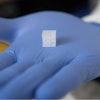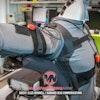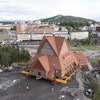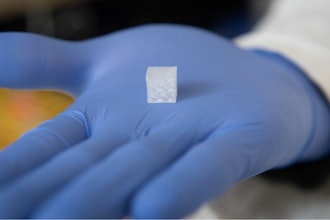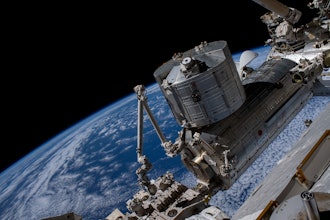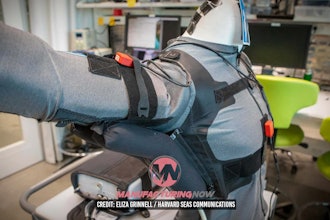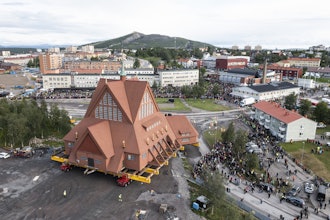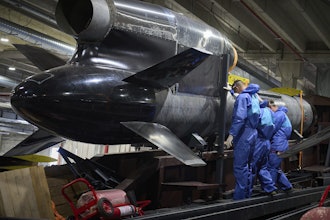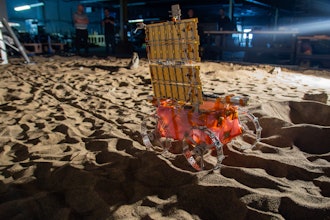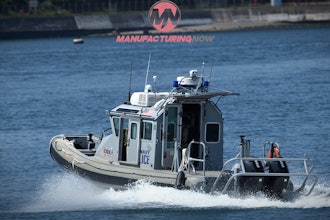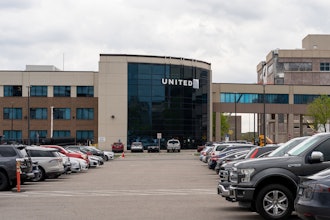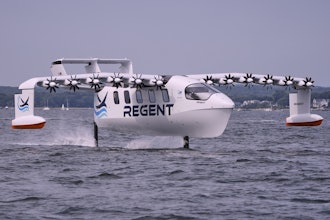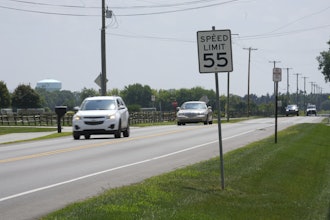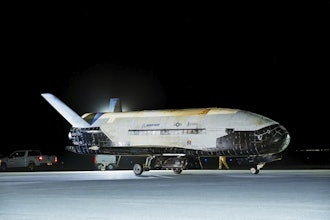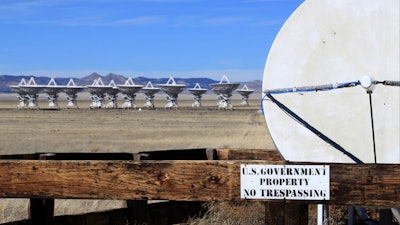
ALBUQUERQUE, N.M. (AP) — Employing an array of giant telescopes positioned in the New Mexico desert, astronomers have started a massive surveying project aimed at producing the most detailed view ever made of such a large portion of space using radio waves emitted from throughout the Milky Way and beyond.
The National Radio Astronomy Observatory announced the project this week, saying the Very Large Array will make three scans of the sky that's visible from the scrubland of the San Augustin Plains. It is one of the best spots on the planet to scan space, with 80 percent of the Earth's sky visible from the location.
The array works like a camera. But instead of collecting light waves to make images, the telescopes that look like big satellite dishes receive radio waves emitted by cosmic explosions and other interstellar phenomenon.
Astronomers expect the images gathered by the array will allow them to detect in finer detail gamma ray bursts, supernovas and other cosmic events that visible-light telescopes cannot see due to dust present throughout the universe. For example, the array can peer through the thick clouds of dust and gas where stars are born.
Scientists involved in the project say the results will provide valuable information for astrophysics researchers.
"In addition to what we think (the survey) will discover, we undoubtedly will be surprised by discoveries we aren't anticipating now," project director Claire Chandler said in a statement. "That is the lesson of scientific history and perhaps the most exciting part of a project like this."
The survey is possible because of a major technological upgrade at the Very Large Array, which was initially conceived in the 1960s and built in the 1970s. The antennas relied on their original electronics and processing systems for years until a recent overhaul made the system capable of producing much higher resolution images.
The work done at the Very Large Array is similar to that of the Hubble Space Telescope — making high-quality images so scientists can better study objects in the universe and the physics of how they work.
Research efforts elsewhere search the galaxy for signals or evidence of extraterrestrials, but the New Mexico operation would almost certainly get involved if signals are received, said Very Large Array spokesman Dave Finley.
"I do think when the time comes that they find a signal that they think is the real thing, the first phone call they will make will be to us. They'll want an image of that region," Finley said.
Astronomers using the array also expect to see more examples of powerful jets of superfast particles propelled by the energy of massive black holes at the center of galaxies. This could help in understanding how galaxies grow over time.
The National Radio Astronomy Observatory in 2013 invited astronomers from around the world to submit ideas and suggestions for the survey. Based on the recommendations, scientists and engineers designed the survey and ran a test in 2016. Approval for the full survey was early granted this year.
The survey will involve about 5,500 hours of observing time. Data from the three separate scans will be combined to produce the radio images.
The scanning began Sept. 7 and the raw data will be available to researchers as quickly as the observations are made.
The seven-year project will not come at an additional financial cost because the array already has a $15 million annual budget for making observations 24 hours a day for various scientific requests. More of that time will now be dedicated to the project.
